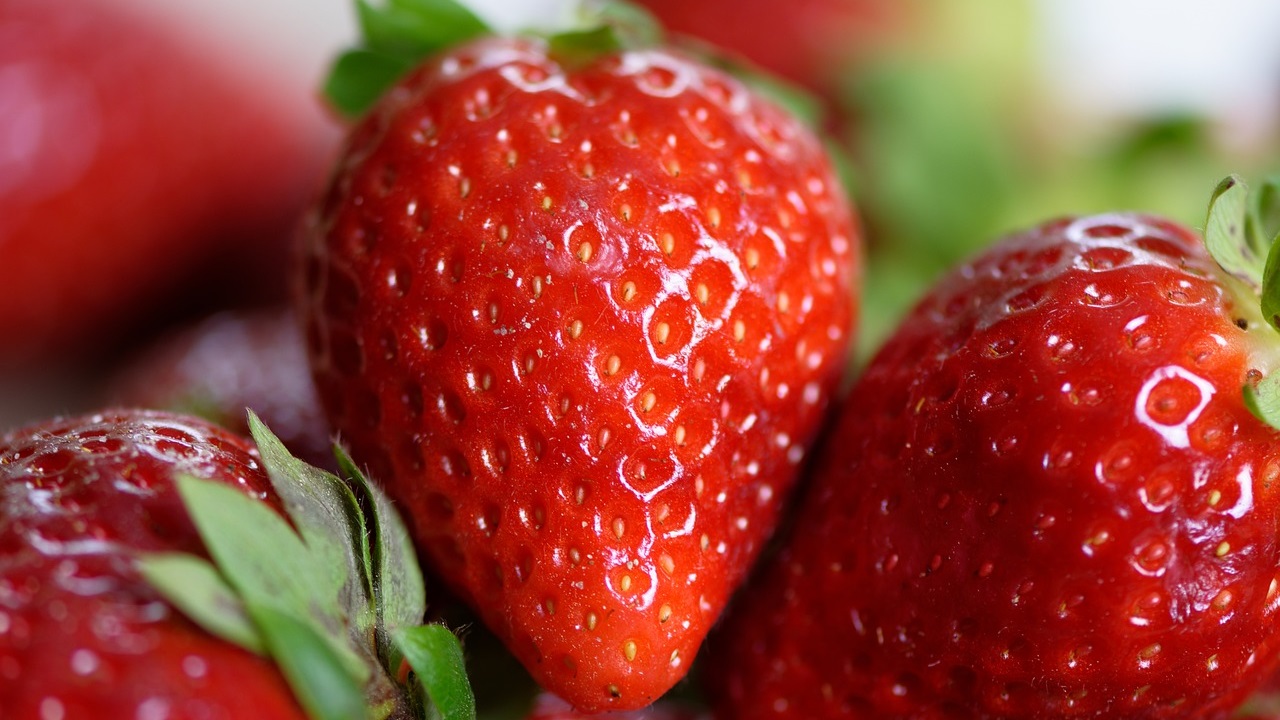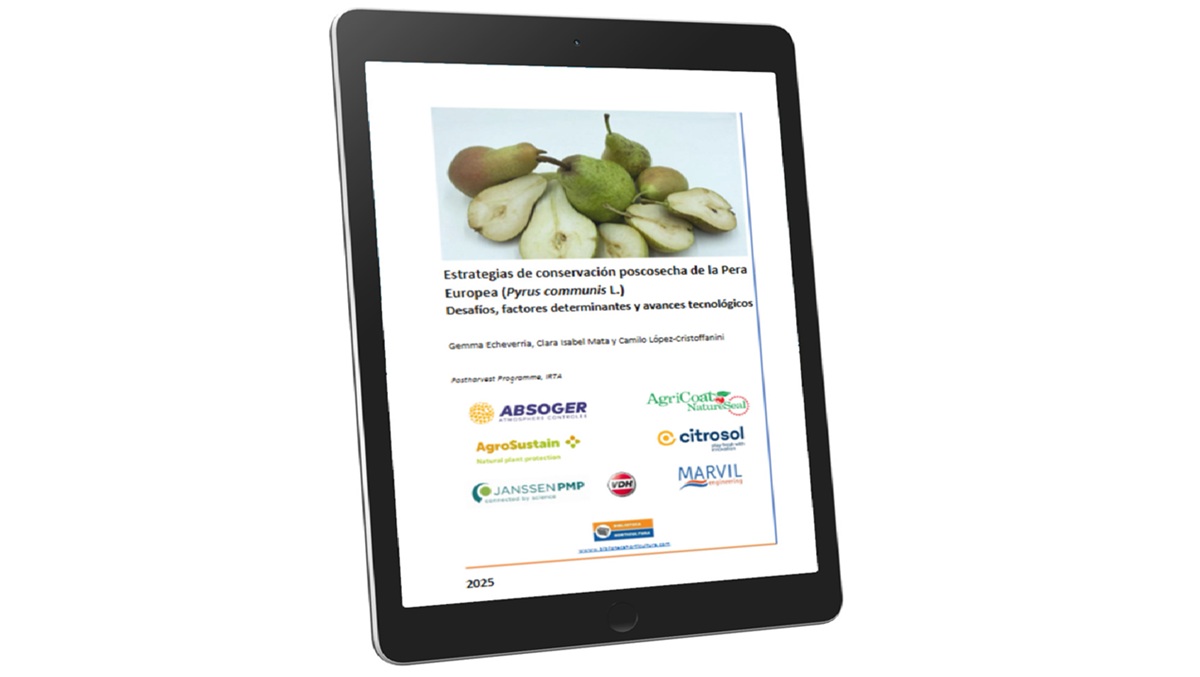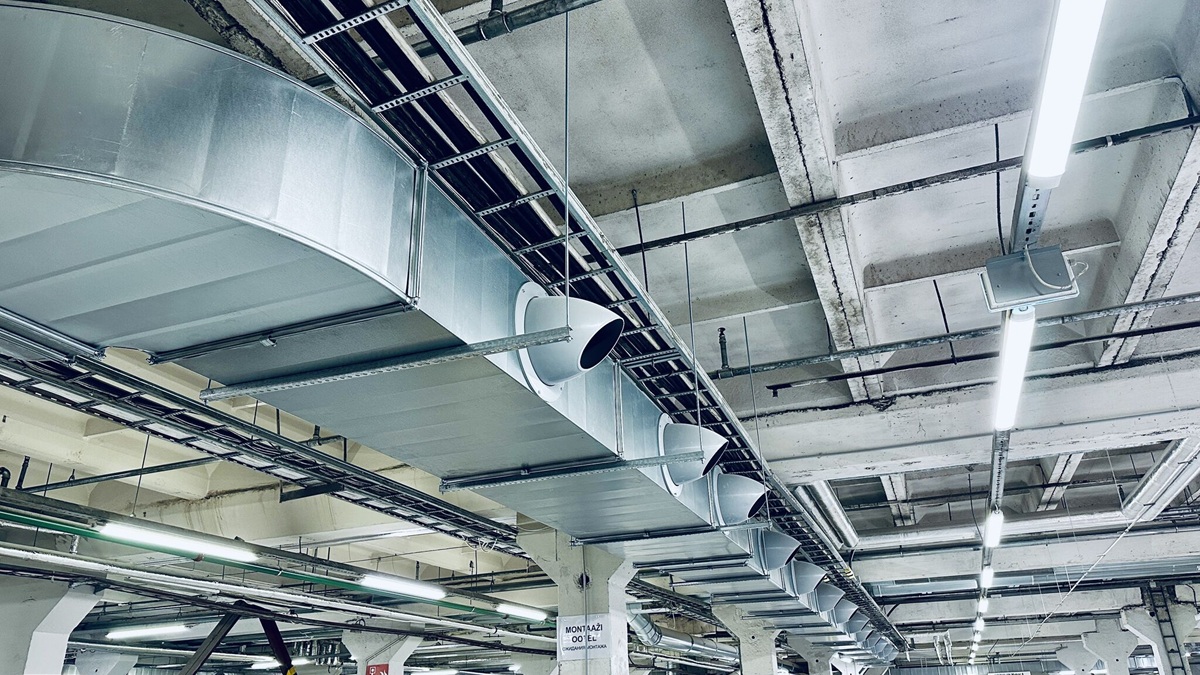News
Advancements in Food Safety: Norovirus Detection in Berries and Microbiological Risk Assessment of Water Treatment
Two separate studies funded by CPS are currently underway, each delving into various causal agents of foodborne outbreaks. Despite their diverse focuses, both studies share a common goal — to furnish the industry with fresh insights aimed at reducing risks

Optimizing methods for the detection and quantification of infectious human norovirus from fresh berries using human intestinal enteroids
While human norovirus and hepatitis A virus have occasionally been implicated in foodborne outbreaks in berries, isolating them using the FDA standard detection method can be difficult. That’s because viruses typically are present in low numbers and recovering them using current testing methods may be inefficient. In addition, detecting genetic virus material doesn’t necessarily equate to infection.
Malak Esseili, Ph.D., with the University of Georgia, hopes to enlist new technology to optimize the FDA’s detection method and then use it to determine infectious norovirus persistence in stored berries. Joining her in the CPS-funded study, “Optimizing methods for the detection and quantification of infectious human norovirus from fresh berries using human intestinal enteroids,” is co-investigator Issmat Kassem, Ph.D., also with UGA.
In doing so, Esseili hopes to provide the industry with better testing tools as well as shed light on the potential risk of infectious norovirus in stored berries.
Using virus surrogates initially, Esseili and her team will examine different methods to dislodge more pathogens from berry samples and different buffers to more efficiently recover them. They’ll also look at different ways to concentrate viruses from berry samples. She said:
“In our case, we’ll actually put the viruses on the berries, knowing how many we put, and we want to recover as much as we can”.
As part of the study, they’ll use a cell culture method to detect infectious hepatitis A virus. Until recently, there was not a similar way to determine norovirus infectiousness. But researchers will use human stem cells to grow 3D cell cultures in Petri dishes that function similarly to human intestines. And the human intestinal enteroids — as the cell culture model is called — can be used to detect infectious norovirus.
Although the technology was developed for use in fundamental research and precision medicine, Esseili said, this is one of the few times it is being applied to food safety-related studies. Esseili said:
“Because the enteroids are very expensive to maintain, we’ll optimize our method using surrogate viruses. Once we’re happy with that, then we’ll couple the method with the enteroids.”
“We want to answer if you detect this much virus genetic material on berries, does it mean you’re detecting this much infectious virus.”
In addition, the team will inoculate berries with known quantities of human norovirus and hepatitis A virus and incubate them at 4 degrees Celsius (39 degrees Fahrenheit) in the laboratory, mimicking post-harvest storage. Periodically, they’ll sample the berries using the optimized method to measure infectious viral persistence.
Microbiological risk assessment using QMRA in preharvest agriculture water treatment systems for leafy greens
A good deal of research has focused on pathogen contamination of irrigation water and sanitizer efficacy to reduce potential risk. But few studies have examined how that treated irrigation water may affect potential pathogens established on crop surfaces or the soil.
Channah Rock, Ph.D., with the University of Arizona, is leading research designed to fill in data gaps and help the industry better understand potential added benefits of irrigation water treatment. Rock said of her CPS-funded study:
“We’re really trying to capture new data that hasn’t been shared. Microbiological risk assessment using QMRA in preharvest agriculture water treatment systems for leafy greens.”
What Rock envisions is ultimately developing a quantitative microbial risk assessment, or QMRA, the industry could use to gauge potential pathogen risk reduction from treated water applied preharvest. She said:
“It would help them improve their practices, but obviously, it wouldn’t be the be-all, end all. Growers would be able to input their own information into a (decision support) tool like this because it’s not one size fits all.”
Joining her as co-investigators are Charles Gerba, Ph.D., and Kerry Cooper, Ph.D., both with the University of Arizona; and Kerry Hamilton, Ph.D., with Arizona State University. Using a non-pathogenic strain of E. coli as a surrogate, the researchers inoculated plant tissue and soil with known microbial populations. After applying irrigation water treated with common sanitizers — such as peroxyacetic acid (PAA) or calcium hypochlorite — they sampled plants and soil periodically to determine pathogen die-off over time. The work is being conducted in commercial-scale university fields of spinach and Romaine lettuce.
Based on preliminary data, Rock said they found irrigation water treatment does offer a potential spill-over benefit. Rock said:
“What we’re seeing is water treatment does, in fact, reduce bacteria on plant tissue, leaf surfaces and the soil. But it seems to be very dependent on how that contamination entered the field.”
Because irrigation water sanitizer concentrations may not be consistent, the researchers also wanted to measure treatment variability or “breakthrough” in commercial produce fields. They combined traditional water grab-sampling techniques with real-time in-line sanitizer monitoring.
Based on their work, Rock said most of the breakthroughs occurred during irrigation sanitizer start-up and stabilization. But she said they planned to conduct additional sampling to determine the full range of variability. In addition, they want to document critical time periods and durations of variability that may result in loss of efficacy due to reduced sanitizer residuals.
About CPS
The Center for Produce Safety (CPS) is a 501(c)(3), U.S. tax-exempt, charitable organization focused exclusively on providing the produce industry and government with open access to the actionable information needed to continually enhance the safety of produce.


.jpg)









